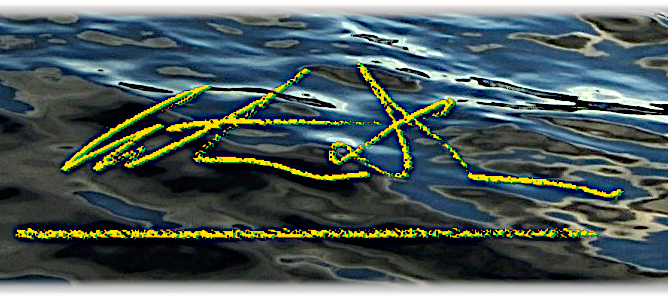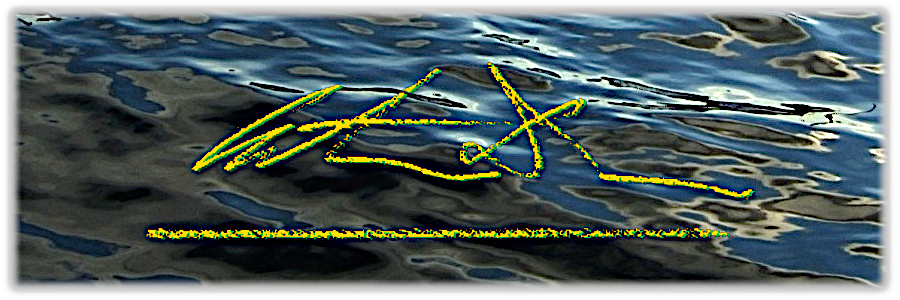

Harrier

Harrier is an open expedition boat
for camp cruising and daysailing and rowing.
She was designed for Ben Fuller, curator at the Penobscot Marine Museum.
We worked together very closely on this design.
His brief was for a double-ender that would perform very well
both under sail and under oars while providing a
seaworthy platform with room to carry two people and
their gear for extended camp cruises or to daysail three.
Did I forget to mention rowing?
Ben is an avid rower and Harrier is set up to for single
or tandem rowing, with or without a passenger/cox.
Photos from Ran Tan’s Launching Day at
The Apprenticeshop in Rockland Maine.

I’m frequently asked how Ben’s Ran Tan differs from the plans. This photo shows how the interior was worked out. You can see how the wide rail works and the seating laid out. The forward thwart captures the daggerboard case. The after thwart is removable, held down by a lanyard to the floorboards. It is just notched over the knees port and starboard. We find that it can be removed – even underway – with no effect on the rigidity of the structure. So, it’s handy not just for sleeping; but to provide space while sailing.
This boat was finished off in Cherry, oiled, not varnished. Used as a Dayboat and kept under cover the Cherry has held up very well. A lighter weight interior can be done using clear White Pine for the seats and Douglas Fir for the stringers and rails – the laminations of the outer rail, shown here in orange, are best done in clear Spruce.
A Dayboat can be laid out in a myriad of ways. There are all sorts of possible tweaks that can be made. The most important things to consider are, first of all, the structural integrity of the hull. A continuous seat stringer, for example, is essential. Another is trapping the dagger or centerboard case with a thwart. The other factor to consider is having the interior fit its occupants. People come in different sizes and an adjusted layout might be better suited for you. This is where mocking-up the interior after the basic hull is completed and turned right-side up is so important. You are building a custom boat. It should fit you!
Feel free to contact me during construction
of this or any of my designs
to discuss strategies and best practices.
WoodenBoat Publication’s Small Boat Annual 2009
featured Ben’s Harrier, Ran Tan in a
Sail Trial with Jenny Bennett with a
photo-shoot by Katherine Mehls.

Ben Fuller has done a video on self-rescue using Ran Tan.
A second Harrier was built by Jeff Saar,
then a curator at the San Diego Maritime Museum.
This boat was subsequently used in the filming of
Master & Commander and now
belongs to its production company.


Wilbur Larch, a Harrier in the Pacific Northwest:

Ran Tan on Russ Island, Maine, 2017:

The latest Harrier to be completed, Falcon de Palú,
has been the subject of an article in Water Craft Magazine.
And another in Small Boat Magazine.



An extensive gallery of Detlef’s photos
on the Dias Design Forum.

Dimensions:
- 17′ – 0″ LBP
- 15′ – 0″ LWL
- 4′ – 11 7/8″ Beam
- 0′ – 5 1/2″ Draft Board-up
- 3′ – 4 5/8″ Draft Board-down
Sail Area:
- Main Sail 100 sq. ft.
- Mizzen 10 sq. ft.
Total Sail Area:
- 110 sq. ft.
Construction is glued lap or traditional lapstrake.
Plans
Plans are available as .pdf downloads.
Harrier’s Plan package includes:
three sheets of drawings
and a table of offsets for Harrier II
and a Construction Booklet
and set of full sized patterns
for the original CAD Harrier.
Cost is $325 USD.
Price includes permission to build
one boat for your personal use1.
Questions? Plan FAQ
What’s in the Plan?
Harrier Plans PDFs
$325.00
1Purchasing these plans constitutes agreement to the conditions of this release:
Stock Plans Conditions of Sale
Making this purchase constitutes agreement to meet the following conditions:
1) ANTONIO DIAS agrees to supply these stock plans on acceptance of the stock plan fee.
2) The designs remain the property of ANTONIO DIAS,and may only be used with a purchase from ANTONIO DIAS.
3) ANTONIO DIAS authorizes the construction of one boat from the purchase of a stock plan,unless other specific arrangements have been made in writing concerning payments for royalties for building more than one boat.
4) Strict compliance with the plans,specifications,tolerances,and materials is mandatory for achieving the intended performance of the boat.
5) Since use of the boat is in itself an activity that requires some degree of skill and judgement on the part of the operator that we cannot know exists or not, and since ANTONIO DIAS is not building the boat nor directly involved in overseeing the accuracy of the builder in following the design, the stock plan purchaser agrees to hold ANTONIO DIAS harmless from any results of using the plans supplied.
6) All stock plan sales are final.
7) Continuing with this purchase provides the right to build one boat from these plans.
Plans FAQ*
1. Is this a lapstrake ply hull? Are the lap plank shapes shown on patterns?
All of these small boats can be built in glued lapstrake or traditional lapstrake if suitable stock is available and you are comfortable with this technique.
No, there are no plank patterns.
All my plans require the builder to be familiar with lining off and patterning their own planking.
2. What size and quantity of marine BS1088 ply is required?
These plans do not include detailed material lists.
3. I prefer a gaff main rather than gunter, is such a modification possible?
Yes, a high peaked gaff rig would be suitable.
There are many possible variations in adapting a boat plan to fit your needs.
A degree of discretion is needed to be able to adapt without destroying a designs integrity. If you’d like an alternative rig or to make some change. Ask me.
4. Do the plans have sufficient detail for assembly, mast and rig details?
These plans expect a high level of experience with small boat building.
There is sufficient information to complete the boat as intended. There are not detailed How-to instructions.
A builder is responsible for finding and learning the required techniques on their own.
These books are a great place to start.
5. Is this hull built upside down on a building jig?
Yes.
5. I don’t see this design on Duckworks, and I don’t use PayPal. Are there other means of paying for plans, like a CC? Are the plans sent by pdf?
Plans can be purchased with a credit card by clicking on the Purchase button.
All plans come in PDF format and are downloaded as a zip.
6. Are study plans available?
No. I try to put as much as I can into each design’s Project Page, including small scale images of most or all of what’s in the plans.
If you still have questions send them along via the contact form.
6. Will I be able to build this boat?
If you have any doubts it would be best if you find a design and plans or a kit specifically developed for an entry level amateur builder.
These plans are offered for those who are interested in building these specific designs and are experienced enough to work from a minimum of documentation.
These plans are the way they are because I am interested in developing a certain kind of craft and want to provide an alternative to what is available elsewhere.
My efforts follow my interests. My time has gone into honing the lines and developing the wholeness of the boat I have in mind.
I also believe that entering into the difficulties and reckoning with the necessity to find one’s way while maintaining fealty to a design’s intention is one of life’s important lessons. A step-by-step, follow-the-instructions plan goes counter to what I believe is important to bring to people’s experience.
I understand this does not sell many plans.
There are plenty of designs/designers out there offering that kind of plan.

A trio of books on Lapstrake Boatbuilding:




Like what you find here?
Like what you find here?
Consider making a one-time donation
Choose an amount
Or enter a custom amount
Your contribution is appreciated.
Donate©Antonio Dias, 2010 – 2023
Unauthorized use and/or duplication of this material without express and written permission from this blog’s author is strictly prohibited.
Excerpts and links may be used, provided that full and clear credit is given to Antonio Dias and Antonio Dias Design with appropriate and specific direction to the original content.


















